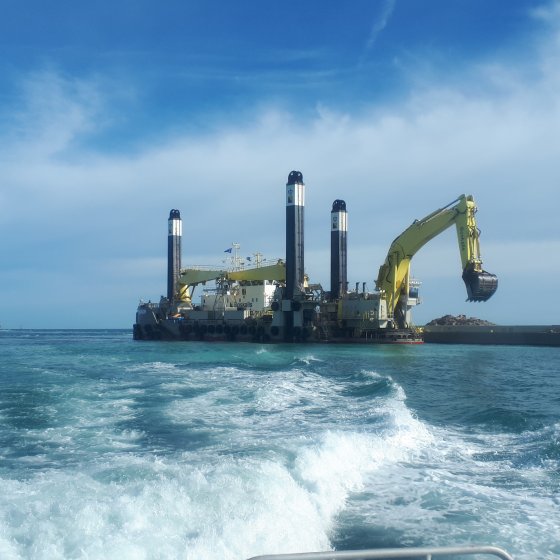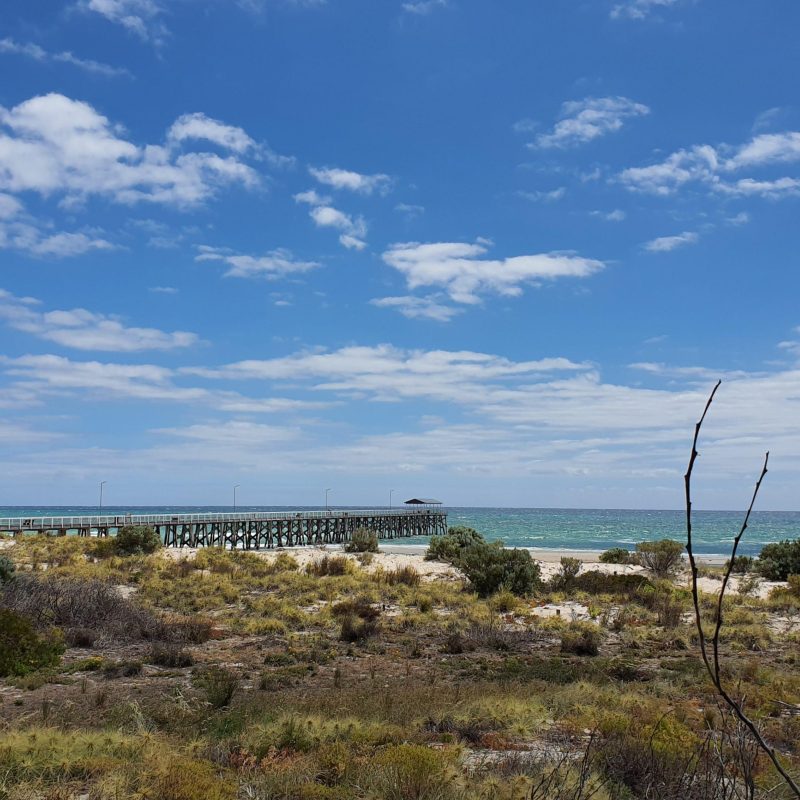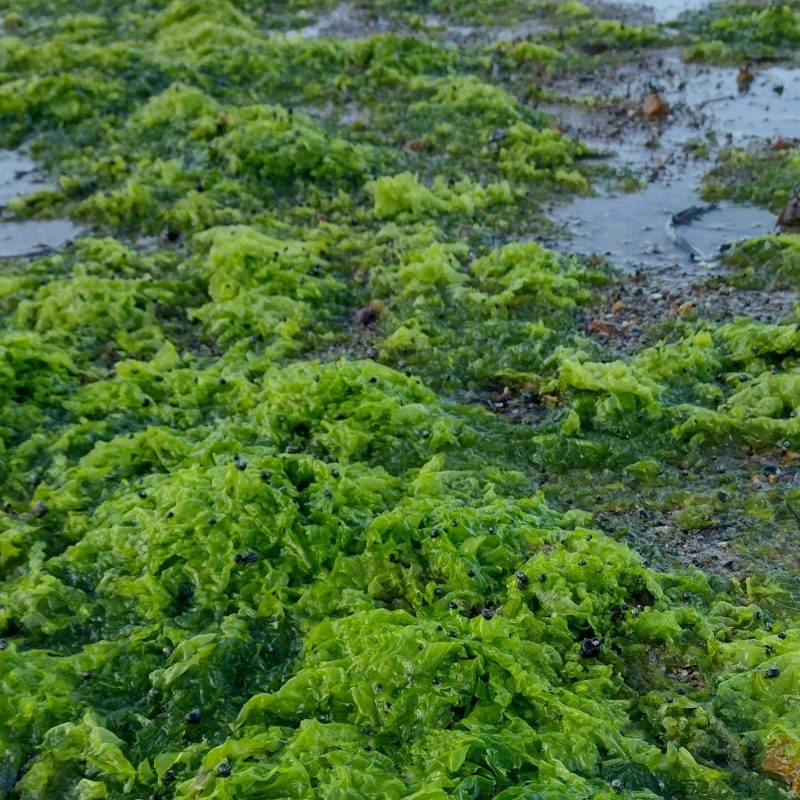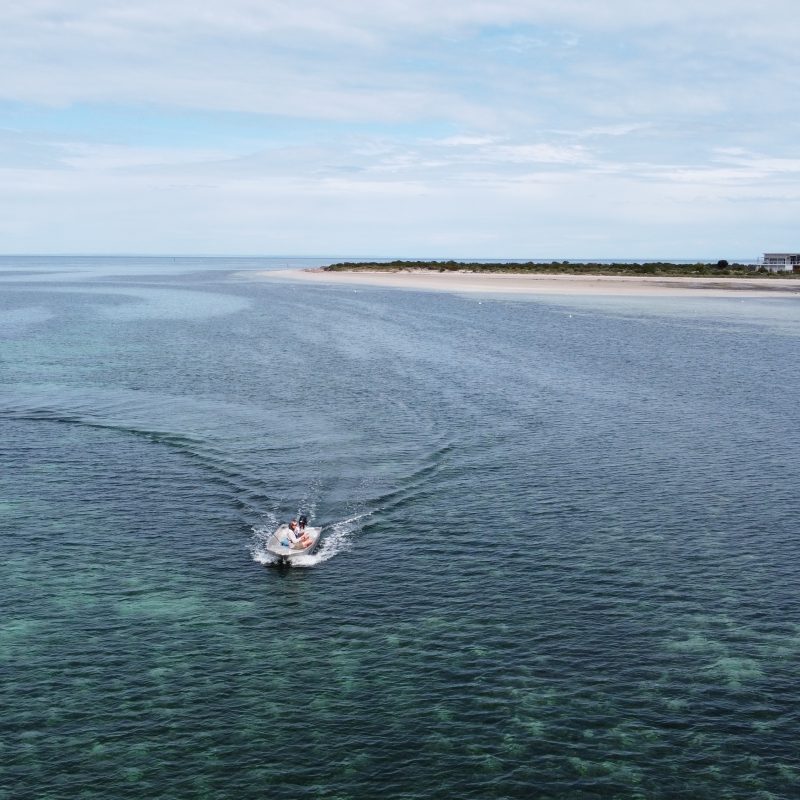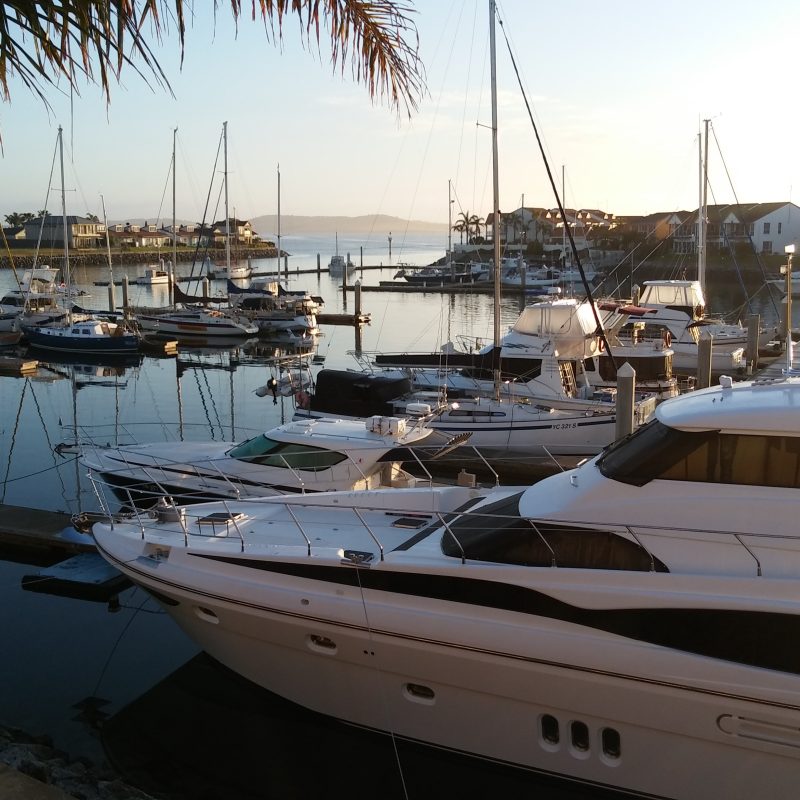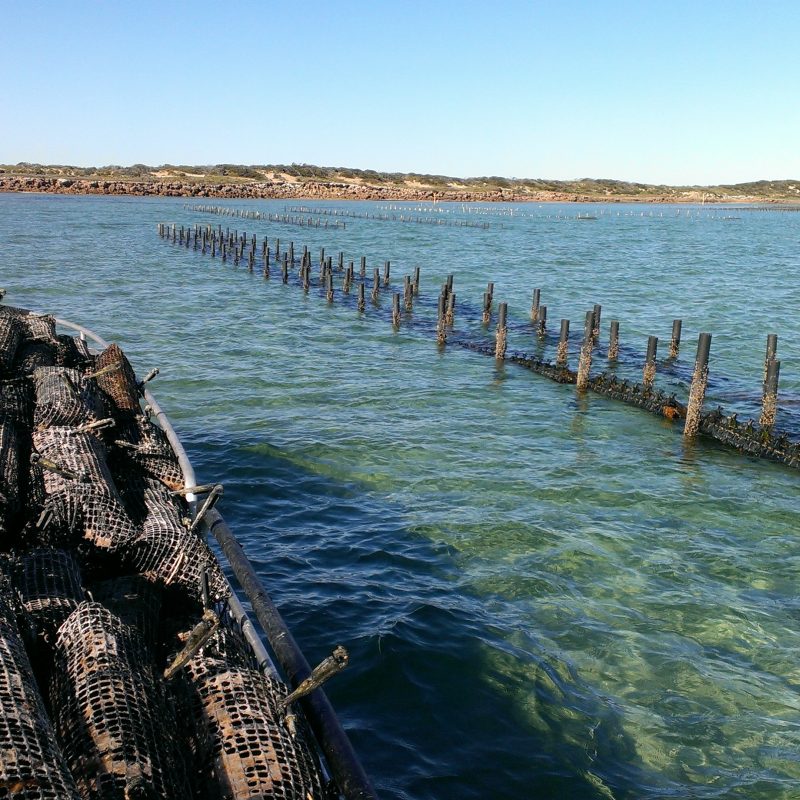- Home
- Environmental Themes
- Sea
- Pressures and Responses
Pressures and Responses
This section provides examples of pressures that are, or may be, impacting our marine and coastal ecosystems, how we are responding to address these issues and what opportunities there are for environmental improvement. It should be noted that many of the pressures, impacts and responses are interlinked.
Marine ecosystems are of immense importance for both the environment and human wellbeing, and provide a wide range of ecosystem services. South Australian marine waters fall within three nautical miles of the coastline and include both Spencer Gulf and Gulf St Vincent. Around 90% of South Australians live within 50 km of the coast, with 75% being within the Greater Adelaide region. Pressures on our coast and marine environments such as dunes, beaches, estuaries, intertidal zones, and nearshore and offshore areas, include:
- climate change resulting in coastal erosion, increasing storm surges, sea-level rise, increasing ocean temperatures, ocean acidification and salinity, which all have the potential to impact our coastal and marine biodiversity and industries that rely on the marine environment for their livelihood (for example, fishing, tourism and aquaculture). Climate change may also impact coastal developments such as housing and infrastructure
- potential impacts from activities that are dependent on a healthy marine environment, including fishing and aquaculture, tourism and recreation. The marine environment also supports transport corridors and extractive industries. If not managed appropriately, these activities can result in impacts to biodiversity and ecosystem health
- impacts from modification of coastal habitats via construction, including housing, breakwaters, marinas and dredging. This can lead to vegetation clearance which, in turn, destroys habitat for plants and animals, mobilises pollutants and disrupts coastal processes
- pollution such as wastewater discharge, chemicals and nutrients from industry including sea cage aquaculture and wastewater treatment plants, debris including plastics, stormwater runoff and sediments from various sources all have the potential to affect water quality and ecosystem health including flora and fauna
- pest species and diseases that have been, or may be, introduced via translocation by marine transport, movement of marine equipment, discharge of ballast water, or humans or other animals.
